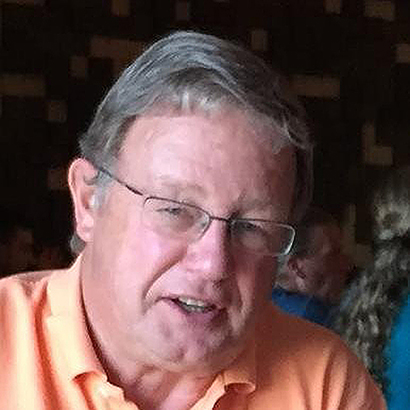
An Illustrious Career Included More Than Color Scrollers
Keny Whitright’s influence on the concert lighting business cannot be overstated,” says Marshall Bissett, founder of the lighting supply company TMB. “From the first color changers to Coloram, Cygnus, and Autopilot, Wybron was the problem-solving pioneer. Their products ruled Broadway and the touring market because they worked hard and reliably.”
Whitright is a pioneer of the color scroller, a product that while 40 years old is still in use today. [For an in-depth history of the scroller, see the retrospective on page 16.] There have been so many other achievements, though. For example, 1983, he built first automated hoist system. “Genesis wanted to control 18 hoists over the artists and be able to run them in the dark — scary stuff,” he says. But nothing really scared him.
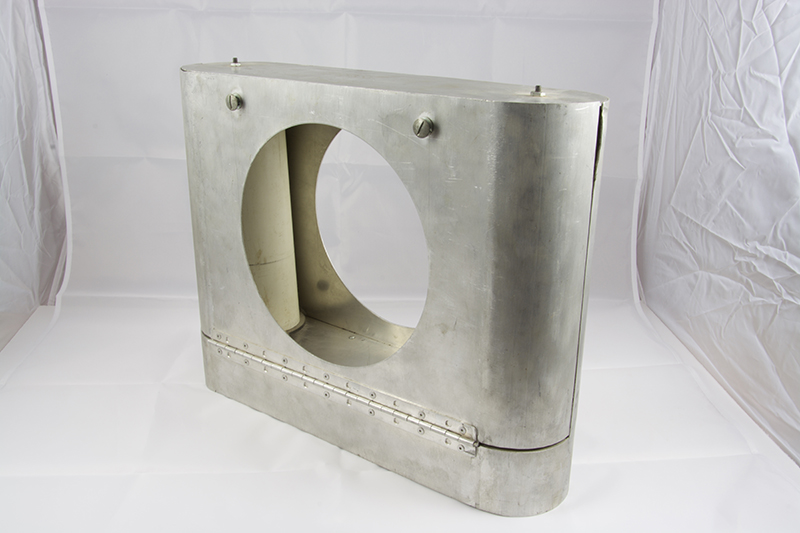
“A Pivotal Experience”
Kenyon Whitright was born in Colorado and grew up in Wichita. While in college there, he got a job at the local Hi-Fi shop. His first official job in the business was for the Wichita live sound company, Superior Sound (today known as Galaxy Audio). Despite not being “terribly technical” at the time, he was hired to service the equipment. One night he went to a Three Dog Night show, and he met Showco cofounder Jack Maxson. A brief conversation ensued, and Whitright was intrigued. A little while later, he and a coworker went down to Dallas to pick up a Heathkit oscilloscope kit. They had time to kill, so they stopped by Showco’s HQ. He was offered a job on the spot, though pondered it for five months. Then he moved to Dallas in December of 1971 and started working for them.
They immediately asked him to get a passport, because he was going to Europe to work on a Jesus Christ Superstar production. “That turned out to be a pivotal experience.” A group out of Columbus, OH had toured the U.S. for a couple of years with an Ohio-based crew headed by the show’s designer, technical director, and stage manager, Kirby Wyatt. Lights and sound were handed by a Columbus-based guy as well. Astonishingly, they did this show without ever getting the rights to perform it. “It was a great production, so they decided to take it to Europe.” The lighting and sound guy didn’t want to go, so the group reached out to Showco, and off went Whitright and coworker Kevin McNevins. “But it turned out that while [creators] Andrew Lloyd Weber and Tim Rice had terrible lawyers in the States, they had great ones in Europe.” Once over the pond, the production was shut down in 10 days, and Whitright and McNevins were stranded. Then something pretty crazy happen: They got hooked up with another (legal) production of Jesus Christ Superstar out of Sweden and worked on that for seven weeks.
By the time they made it back to Dallas in March, Showco had decided to get into lights, and Whitright recommended Wyatt to run the department. (In fact, that entire Jesus Christ Superstar crew were hired on). But by the mid-1970s, that expansion stalled. “The lighting department was getting its ass kicked by English companies, because our systems worked, but they were clunky as hell. They had multicables and 1k dimmers; we had 12/3 bundles and larger load dimmers. Kirby said that if we had a way to change the colors on the Par Cans, we could differentiate ourselves from the limeys.”
Another talent on the Showco payroll was Jim Bornhorst, who would go on to build the Vari*Lite. “Jim and I worked on several different color changer projects during which we mostly learned what didn’t work,” Whitright quips. In 1978, Whitright left Showco to work for a local club called Rick & Neal’s. “I was hired to run lights only because I knew how to fix the sound system. I eventually became an acceptable operator.” He was working with little reflector bulbs that were in just four different colors. “That’s when I realized what Kirby was talking about, and I saw why something better was needed.”
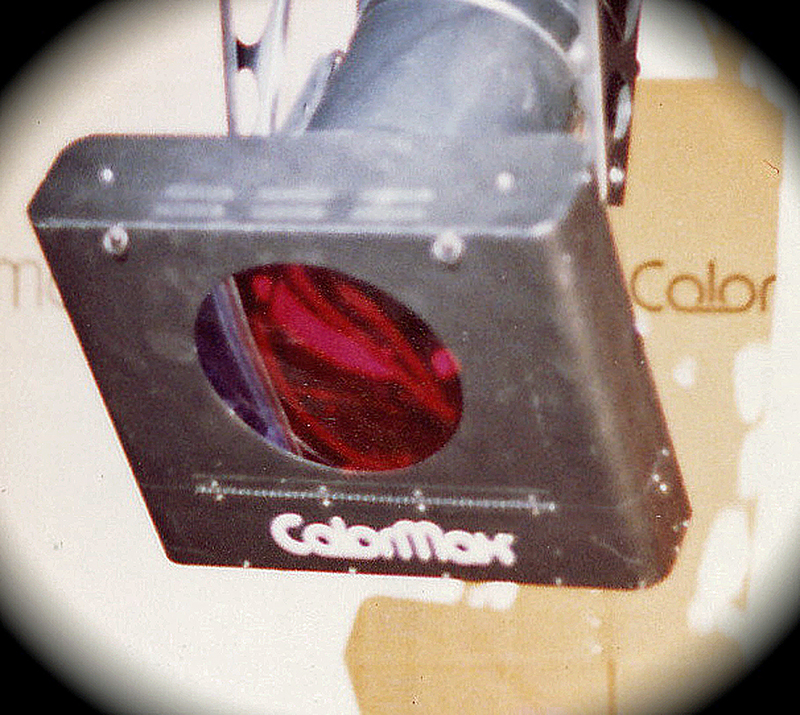
Whitright would build the first scroller with gel strings that would become known as the ColorMax. In 1980, he got Tom Petty’s LD Jim Lenahan to try it, and the rest was history. Next he made the ColorWiz, the idea being to offer a lighter, less expensive scroller. They hit that latter goal a little too well. “Unfortunately, we made too tight a deal, so the ColorWiz was kind of limited.” Throughout all this, he had different partners with different versions of his scroller, including with Joe Tawil of Great American Market.

Whitright has great appreciation for Wyatt’s contribution. “He came up with the idea of color changing on a light in specific formula.” He and Bornhorst would eventually come up with two different but game-changing products: The ColorMax and the Vari*Lite. “I don’t think Kirby gets the credit he deserves,” he says. “He didn’t do the work, but it was his idea.”
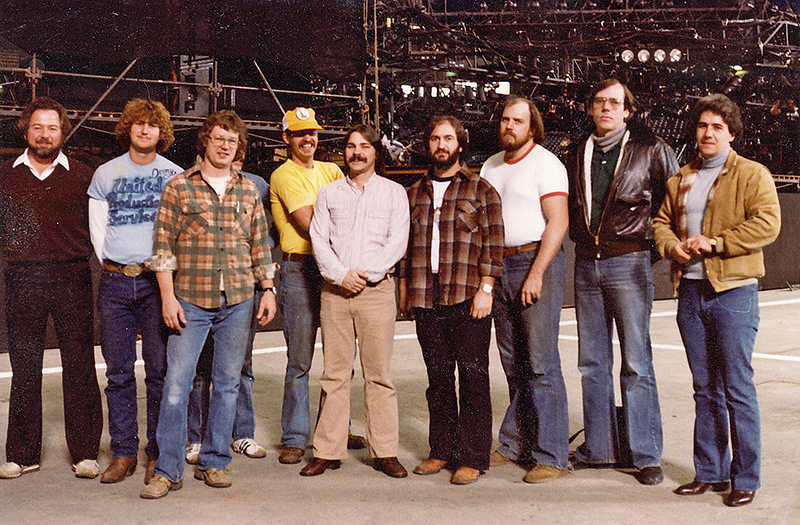
“A True Home Run”
A few years before, Mike Brown of United Production Services, a California staging company, needed a staging depot in Dallas. Unable to incorporate his company’s name in Texas, at the spur of the moment the two settled on a combination of their names: Wybron. Conveniently, Whitright would use that name to release products when his other partnerships fell by the wayside. The next evolution in his scroller development was the Coloram, a faster, quieter scroller. “We built 100 of those, and the first 30 were used by Nautilus Entertainment Design’s Jim Tetlow on a Carnival Cruise ship.” Demand was such that more were needed, and he improved on the first one with the Coloram II. Pretty much every Broadway theater had Coloram II units because designers like Ken Billington, Peggy Eisenhauer, Jules Fisher and Richard Pilbrow used it on all their shows. “We sold 100,000 units — it was a true home run.”
Later in the 1980s, Whitright took on some work for Vari-Lite. “Jim brought me the circuit board work for the first 350 Vari*Lite to me, and I was the tester.” A big trend in many lights was the “pan and tilt” feature, which Whitright thought was clunky. “I came up with an idea where you can use an ‘X’ and ‘Y’ on stage and point the light with a tracking ball.” He was inspired by his five-year-old son Chris’ video games and built a trackball that could move the lights. He demonstrated it by putting Chris at the helm, following him while he walked around the warehouse. “I always said if you can teach a five-year-old to use it in an hour, you can probably teach stagehand in a week.” With former Showco associate Jack Calmes, they formed Syncrolite, sending it to market. Whitright would not stay long and moved on.
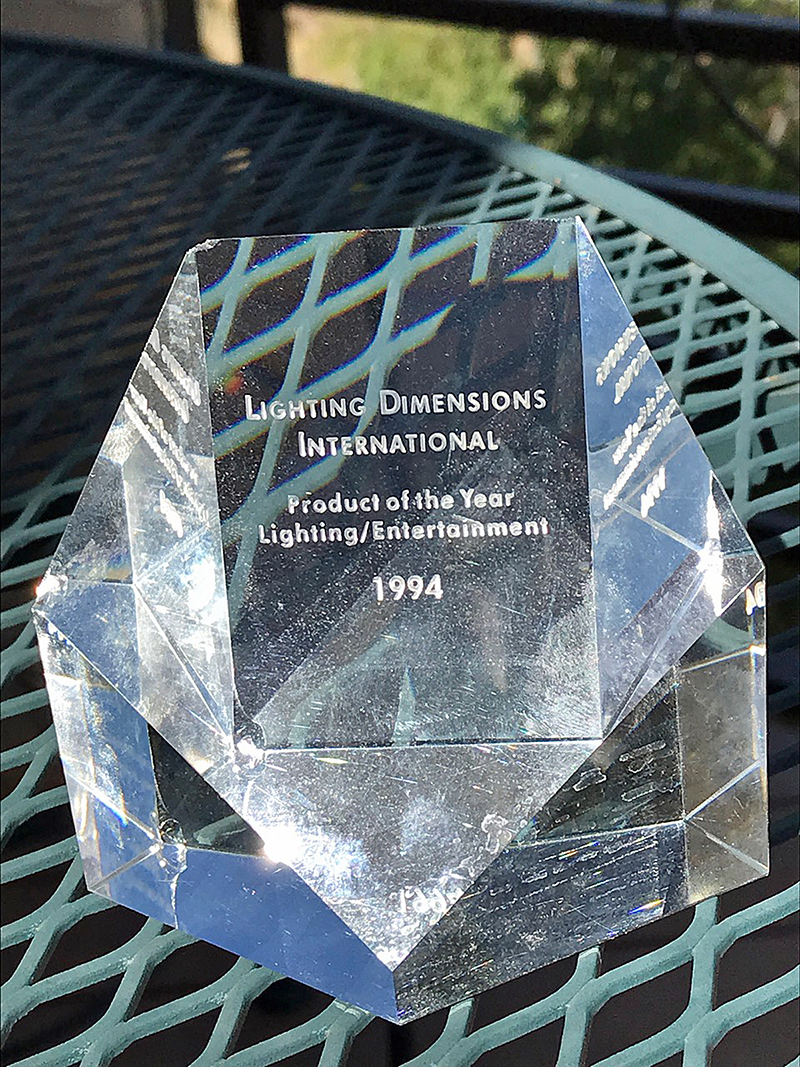
In 1992, he had a booth at PLASA, which was not getting a lot of foot traffic. “I was in a funk, wandering the aisles, and thought that there had to be a way to bring people to our booth.” The idea of an artist wearing a transmitter that could be followed by the moving lights came to him. “Back then, there was around 60 days between PLASA and LDI, and we developed the Autopilot in time to show at that LDI.” He built a system that would track up to four artists around stage using up to 55 moving lights, replacing up to four people working follow spots. At that LDI, the prototype was demonstrated by a Frisbee with the transmitter, and it got attention; but it would take two years to turn it into a viable product. When released in 1994, it won Product of the Year in both Europe (PLASA) and America (LDI), which was unprecedented.

Bon Jovi, Sting and Van Halen would take the Autopilot system on tour, but not too many others. Billington employed it on the Lily Tomlin’s Tony Award-winning Broadway show, The Search for Signs of Intelligent Life in the Universe. Whitright would invite his old friend Bornhorst and his wife to that show. “During intermission, I told him the followspot was done by Autopilot. He had no idea that it wasn’t being done manually — he practically fell on the floor.” Autopilot would prove especially perfect for New York’s Fashion Week shows. Models sashaying down the runway would typically be lit by a manual followspot, which would inevitably blind the big moneyed people in the first row when the model got to the end of the fashion runway. “Being able to have it run on a system that moved from one zone to the next was pretty neat,” he says. While you could justify it when you consider the labor savings of not having manual followspots, the $25,000 price-point proved prohibitive.
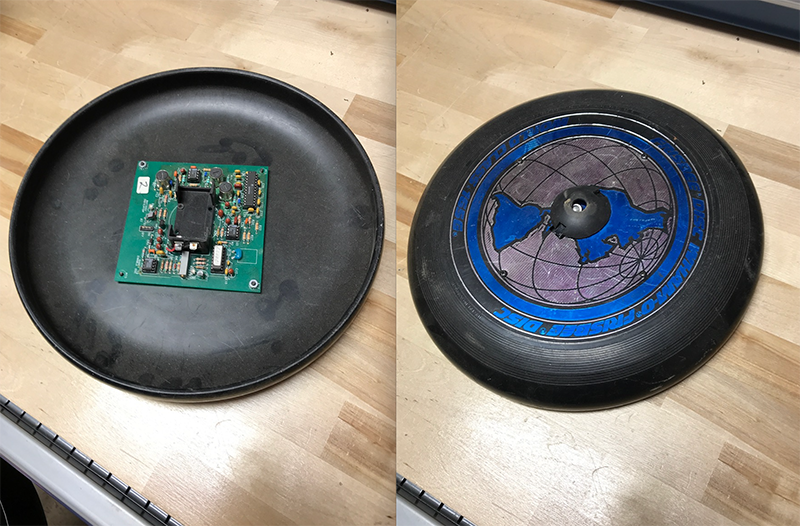
RDM and Infotrace
Around 2000, there was an increasing desire for a feedback mechanism that would allow DMX two-way communication between the board operator and the light. ESTA would eventually come up with Remote Device Management (RDM), a protocol enhancement that would be universal. “With RDM, there were no new products for it, so we built one.” His bi-directional communication device became the Wybron Infotrace Control and Management System. This allowed the operator to know if there was a broken gel string, if it was getting too hot, etc., without ever leaving the computer. Perhaps most appealing is that it could handle software updates while the light was still up in the truss.
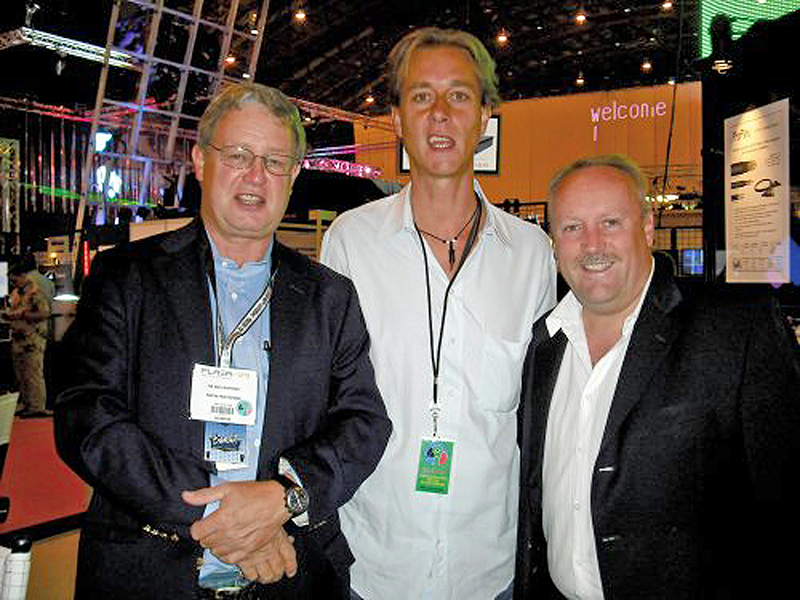
When the LED revolution started, Whitright came up with a series of wash lights, the Cygnus 100 and 200. “They were fine and dandy, but to the untrained eye, you couldn’t tell the difference from ours and the cheap Chinese import coming in at the time. Ours sold for $1,600 versus $400 — which was less than the cost of materials for ours.” He also spent a lot of “time, money, blood, sweat, and tears — mostly tears at the end” coming up with a product that could compete with the ETC Source Four, but couldn’t.
When Apple launched its App Store 2008, he offered one of the first industry-related apps: His Gel Swatch Library put close to 1,700 gels from the four major manufacturers in your hands. Designers could browse, search, and compare to get that perfect shade of purple right from their phone. He would follow this up with ShadowMagic, an app helpful in visualizing lighting on a small stage.
Wybron closed down in 2013, though he and a small team continued supplying parts and service to the thousands of his products still in use.
“As they write the history of that era, Keny’s name will shine brightly,” Bissett says


